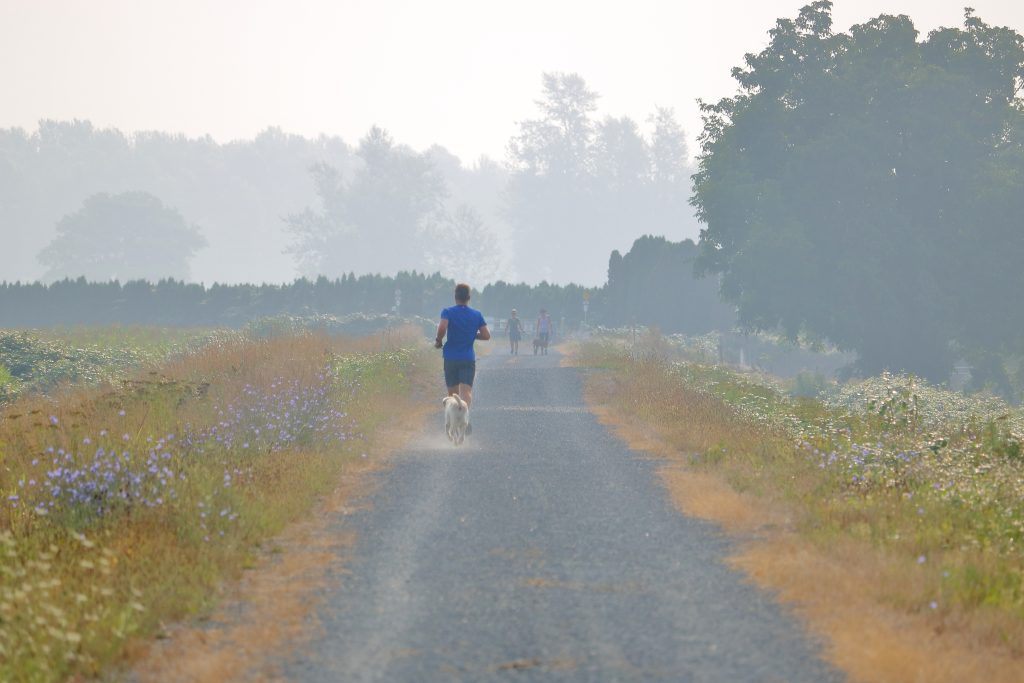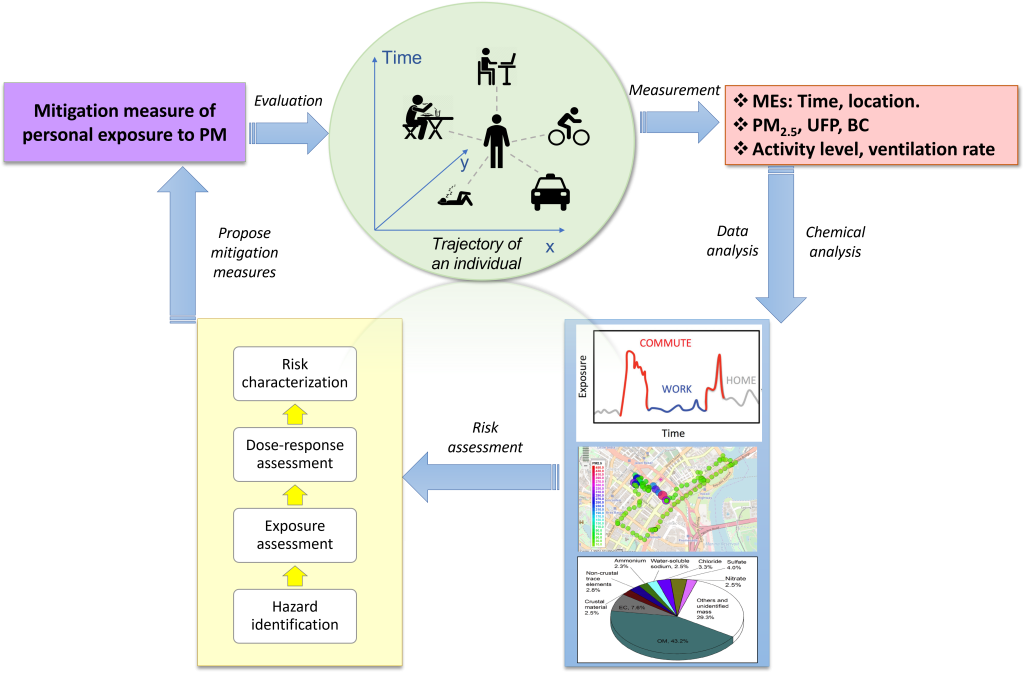-
-
- Bridging Scales from Below: The Role of Heterogeneities in the Global Water and Carbon Budgets
- Increasing Occurrences of Cyanobacterial Blooms Driven by Climate Change Factors
- Carbon Capture and Utilization
- Integrated Coastal-Inland Flood Model for Climate Change
- Pathways for Sustainable and Climate-Resilient Planning of Water-Energy-Food Security Nexus
-
- Air Quality and Health: A Paradigm Shift
- Surface Water Quality and Emerging Contaminants
- Microbial detoxification of persistent organohalide pollutants (POPs)
- Nutrients Removal in Waterbodies via Sustainable Pathways
- Centre for Water Research (CWR) researchers join their forces with U of T researchers for microplastics pollution detection and control in water and wastewater
- Dealing with Hard-To-Treat Industrial Wastewater
- Valorization of Bioresources – Towards a Circular Economy
-
- Intelligent Traffic Diffusion Plan Generation, Effective Assessment and Dissemination Strategies
- Transforming Waste into Resources for Infrastructural Development
- Look-Ahead Integrated Geophysical Investigation System (IGIS) for Singapore Tunnels
- Next-Generation Airport Pavements with Full-Scale Instrumented Testing
-
- Centre for Advanced Materials and Structures
- Centre for Hazards Research
- Centre for Resilient Underground Infrastructure and Engineering (CRUISE)
- Centre for Transportation Research
- Centre for Water Research
- Centre for Resource Circularity and Resilience (CR)2
- Centre for Offshore Research and Engineering (CORE)
- Centre for Environmental Resilience
- Safety & Health Committee
- Completed Research Projects
- Research Brief
- Achievements (in the media)
Air Quality and Health: A Paradigm Shift

Adverse health effects from exposure to particulate air pollution are a global challenge and of widespread concern. Despite recent improvements in ambient air quality in large parts of the world, elevated levels of fine particles suspended in air (PM2.5) remain a challenge in many urban areas worldwide. Exposure to PM2.5 can affect the respiratory, cardiovascular, cardiopulmonary and reproductive systems and even lead to cancer. Controlling the emission of PM2.5 and its atmospheric formation is vital as it increases general well-being, quality of life, enhances public health and can have positive impacts on ecosystem services. In the context of air pollution control and public health improvement, it is important to investigate variations of individual exposure to PM2.5 and related pollutants by age, gender, socioeconomic status, neighborhood characteristics, and physical activity levels. Such investigations are substantially different from how traditional air quality monitoring methods generate population level exposure estimates, using fixed-site monitoring networks. The challenge with personal exposure investigations is that individuals constantly move in time and space, while the air pollution landscape is spatially and temporally highly variable at the same time. A paradigm shift is therefore needed to account for the dynamic nature of human exposure to air pollution and to address the gaps in data and knowledge about exposure patterns.
In our recent study published in Sustainable Cities and Society (2021), we provide a new conceptual framework for the assessment and mitigation of personal exposure to particulate air pollution in cities, as illustrated below.

Illustration of the novel conceptual framework
We discuss the outcome of time-activity based personal exposure studies conducted in Singapore over 24 hours using portable devices and a global positioning system (GPS). The study locations include residential apartments (with and without a portable air cleaner (PAC)), air-conditioned workplaces, transport microenvironments with active (walking and cycling) and/or passive (mass rapid transit, bus, car and taxi) mobility and recreational areas (either naturally or mechanically ventilated). We quantify health risk associated with personal exposure to particulate air pollution over these diverse locations. The study outcome reveals that the mode of transport, travel distance, travel route and the time spent in different microenvironments have a significant effect on the personal exposure to air pollutants and their inhaled doses.
The use of a PAC with a suitable size reduces the exposure of indoor building occupants to both outdoor- and indoor-derived PM2.5 and thus related health risks. In the outdoor environment, active mobility provides beneficial health outcomes. Personal exposure investigation can thus provide detailed insights into a person's individual short-term exposure in a specified area. In addition, it provides a more detailed picture of indoor air quality, which is important since people spend a large part of their time in indoor environments. This work represents the first study of its kind for the assessment and mitigation of integrated personal exposure to PM2.5 and related pollutants in a densely populated city, and was pursued in close collaboration with the University of California, Berkeley and the University of Cambridge with financial support provided by the Global Alliance Scientific Committee.
For more details, please contact:
Prof Rajasekhar Balasubramanian
Email: ceerbala@nus.edu.sg

